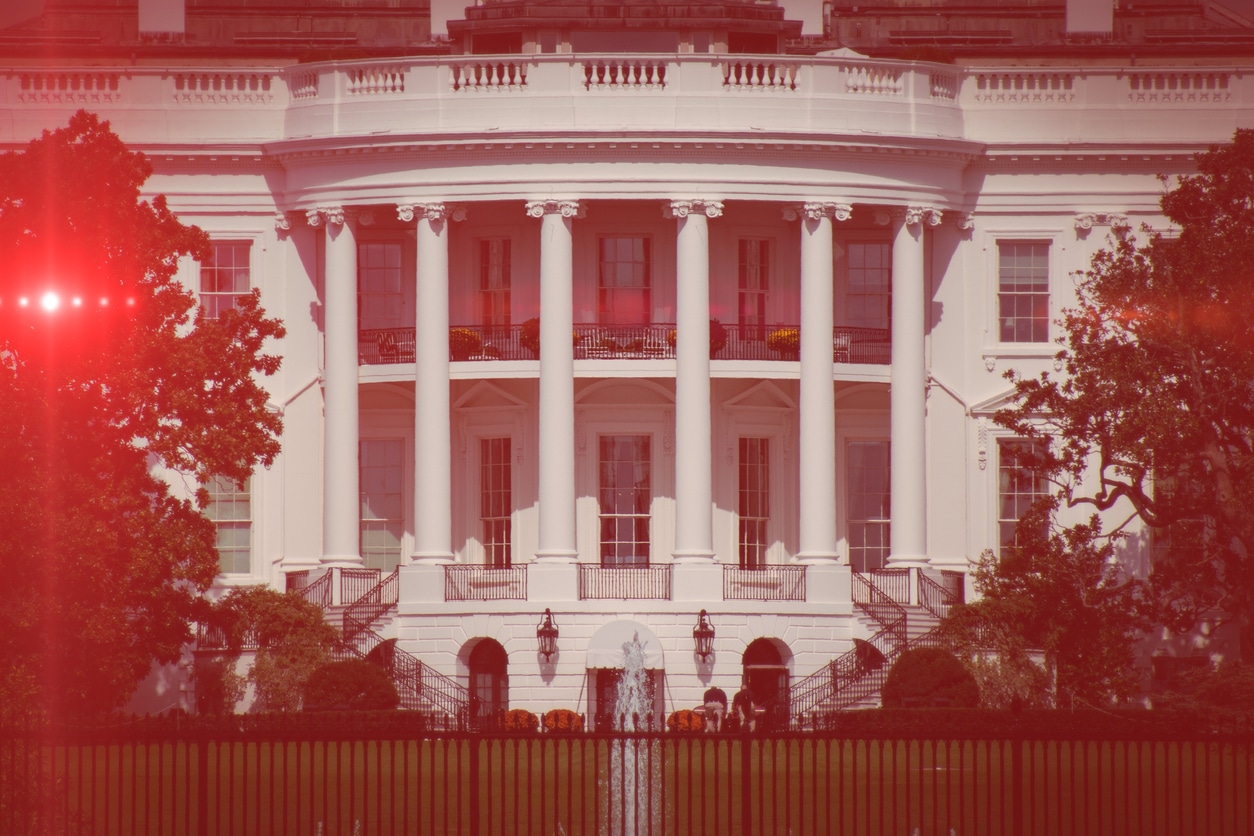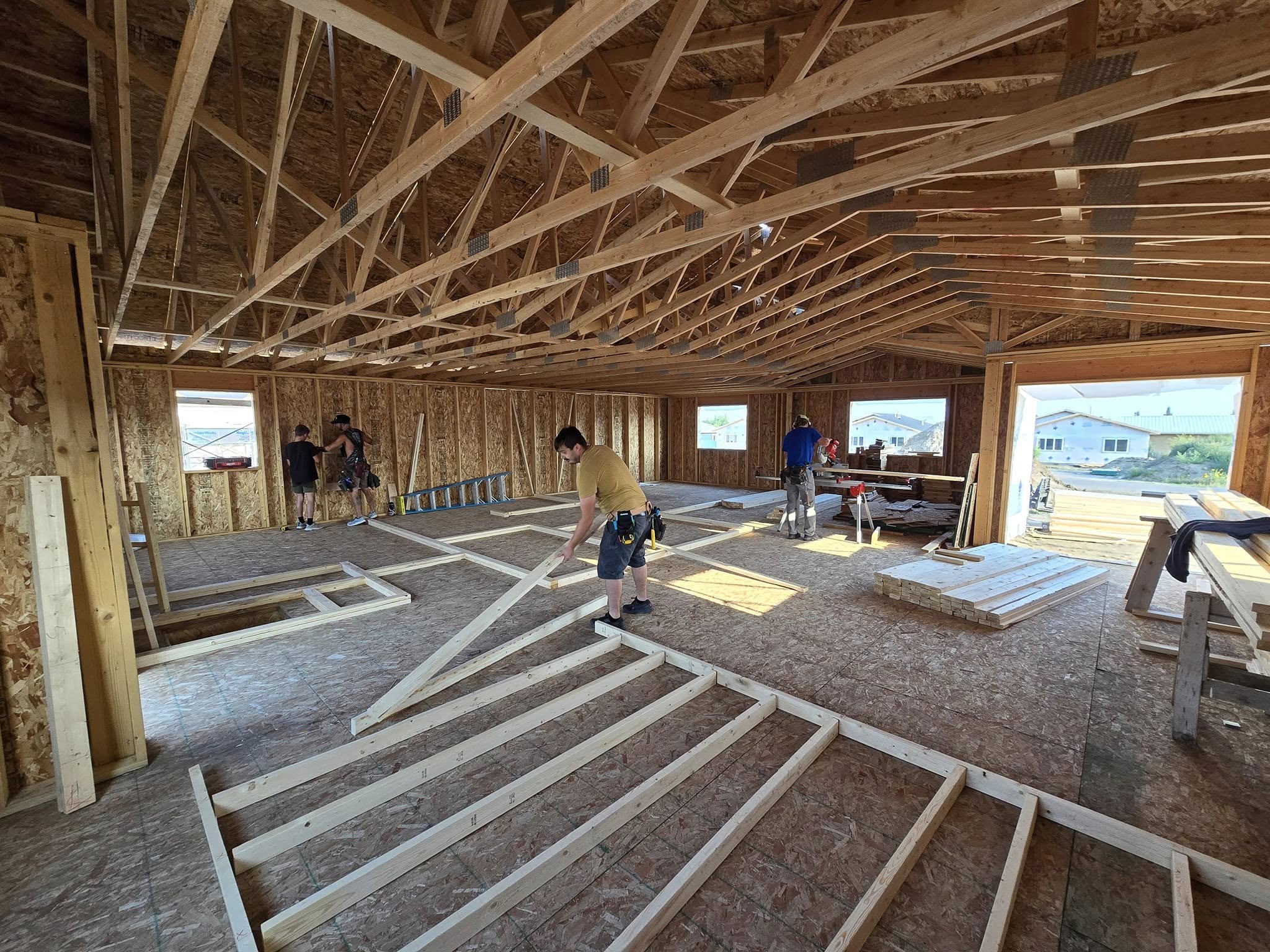When we conducted our interview with HUD Secretary Shaun Donovan, and the soon-to-be-published interviews with Sandra B. Henriquez, HUD’s Assistant Secretary for Public and Indian Housing, and Raphael Bostic, Assistant Secretary for Policy Development and Research, a common theme we heard was a push to re-shape HUD, not only toward being a more relevant agency following the previous administration, but to lay the groundwork to institutionalize innovation and policy creation in the years to come, even after the current administration departs.
HUD’s Strategic Plan, released yesterday, seems to reflect that ethos:
The Plan will guide the agency through fiscal years 2010-2015. Through the Strategic Plan’s five specific goals, HUD will:
- Strengthen the Housing Market to Bolster the Economy and Protect Consumers: To restore stability to the market, HUD will reduce the foreclosure rate and in partnership with the Department of the Treasury, assist 3 million homeowners who are at risk of losing their homes due to foreclosure by the end of the fiscal year 2011. HUD will also increase FHA capital reserves to above 2 percent and stabilize neighborhoods by helping communities purchase abandoned and vacant properties.
- Meet the Need for Quality Affordable Rental Homes: HUD will balance the support for sustainable homeownership and rental housing by directly contributing to the production of millions of new rental homes while also preserving their affordability, quality, accessibility and energy efficiency.
- Utilize Housing as a Platform for Improving Quality of Life: Stable housing provides an ideal platform to deliver a wide variety of services to improve education, health, economic security, and safety of our residents. Building upon HUD’s recent efforts to reduce chronic homelessness, HUD will use technology and improved accessibility to data to make federally subsidized housing a catalyst for investments in education, health and job training, and leverage private capital to expand housing for the growing number of seniors and homeless Americans – and end homelessness altogether.
- Build Inclusive and Sustainable Communities Free From Discrimination: Many of the neighborhoods hit hardest by the economic and housing crisis are among the least sustainable – with limited access to economic opportunity, the longest commuting times, the most unhealthy homes, and the poorest quality schools. To transform neighborhoods, we will link housing to schools, jobs, and better transportation through our Choice Neighborhoods Initiative and Office of Sustainable Housing and Communities, and provide gap financing through a Catalytic Investment Fund for innovative, high-impact development projects that will create jobs in communities with longstanding development challenges.
- Transform the Way HUD Does Business: HUD recognizes that it cannot accomplish the goals in the Strategic Plan without changing the way the agency does business. HUD plans to work now to affect change by building capacity within the agency; improving performance management and accountability; decentralizing decision-making to empower staff; and simplifying programs, rules, and regulations.
See the entire plan here.




Comments